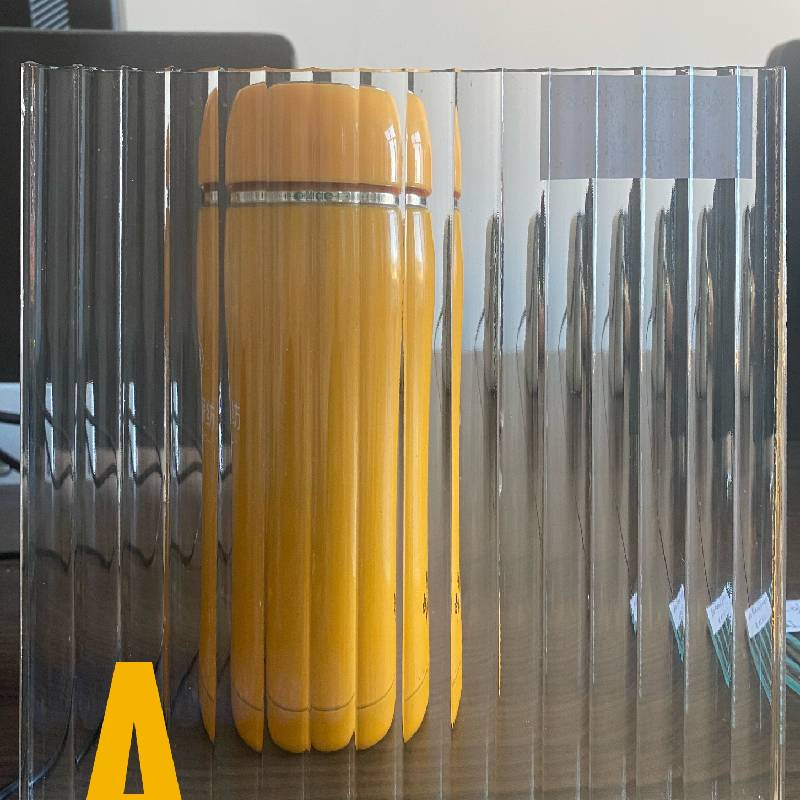Understanding Silver Mirrors A Glimpse into Chemistry and Applications
A silver mirror is more than just a shiny surface; it reflects a fascinating intersection of chemistry, physics, and practical application. At its core, a silver mirror is created by depositing a thin layer of metallic silver onto a substrate, often glass, to produce a reflective surface that has been employed in various domains, including household mirrors, scientific instruments, and even art.
Understanding Silver Mirrors A Glimpse into Chemistry and Applications
One of the most striking features of silver mirrors is their exceptional reflectivity. Silver boasts the highest reflectivity of all metals, making it ideal for applications requiring optimal light reflection. For instance, in the field of optics, silver mirrors are utilized in telescopes, lasers, and other optical devices where precision in light direction and intensity is paramount. Additionally, the reflective properties of silver make it a popular choice in various artistic endeavors, allowing artists to capture light and enhance the visual impact of their works.
what is a silver mirror
However, while silver mirrors offer superior reflectivity, they also come with certain drawbacks. Silver is prone to tarnishing when exposed to sulfur compounds in the air, leading to a dull appearance over time. To combat this, modern mirror manufacturing often involves applying a protective coating over the silver layer. This not only helps maintain the mirror’s reflective quality but also extends its lifespan, ensuring that it remains a functional and aesthetically pleasing fixture.
Beyond their traditional uses, silver mirrors have also found their way into innovative applications within modern technology. In photovoltaic cells, for example, silver mirrors are employed to enhance the efficiency of solar panels by reflecting additional light onto the photovoltaic material, thus increasing energy absorption. Additionally, silver’s antimicrobial properties have led to its incorporation in medical settings, such as in coatings for surgical instruments, helping to reduce the risk of infections.
In conclusion, silver mirrors represent a remarkable fusion of chemistry and application, showcasing the beauty and practicality of metallic reflections. Their role transcends mere aesthetics; they are pivotal in scientific, artistic, and technological fields. As innovations continue to emerge, the silver mirror not only reflects light but also embodies the progressive spirit of science and art intertwined throughout history. Understanding and appreciating the intricate processes behind silver mirrors can deepen our appreciation for the everyday objects that enhance our lives.
 Afrikaans
Afrikaans  Albanian
Albanian  Amharic
Amharic  Arabic
Arabic  Armenian
Armenian  Azerbaijani
Azerbaijani  Basque
Basque  Belarusian
Belarusian  Bengali
Bengali  Bosnian
Bosnian  Bulgarian
Bulgarian  Catalan
Catalan  Cebuano
Cebuano  Corsican
Corsican  Croatian
Croatian  Czech
Czech  Danish
Danish  Dutch
Dutch  English
English  Esperanto
Esperanto  Estonian
Estonian  Finnish
Finnish  French
French  Frisian
Frisian  Galician
Galician  Georgian
Georgian  German
German  Greek
Greek  Gujarati
Gujarati  Haitian Creole
Haitian Creole  hausa
hausa  hawaiian
hawaiian  Hebrew
Hebrew  Hindi
Hindi  Miao
Miao  Hungarian
Hungarian  Icelandic
Icelandic  igbo
igbo  Indonesian
Indonesian  irish
irish  Italian
Italian  Japanese
Japanese  Javanese
Javanese  Kannada
Kannada  kazakh
kazakh  Khmer
Khmer  Rwandese
Rwandese  Korean
Korean  Kurdish
Kurdish  Kyrgyz
Kyrgyz  Lao
Lao  Latin
Latin  Latvian
Latvian  Lithuanian
Lithuanian  Luxembourgish
Luxembourgish  Macedonian
Macedonian  Malgashi
Malgashi  Malay
Malay  Malayalam
Malayalam  Maltese
Maltese  Maori
Maori  Marathi
Marathi  Mongolian
Mongolian  Myanmar
Myanmar  Nepali
Nepali  Norwegian
Norwegian  Norwegian
Norwegian  Occitan
Occitan  Pashto
Pashto  Persian
Persian  Polish
Polish  Portuguese
Portuguese  Punjabi
Punjabi  Romanian
Romanian  Russian
Russian  Samoan
Samoan  Scottish Gaelic
Scottish Gaelic  Serbian
Serbian  Sesotho
Sesotho  Shona
Shona  Sindhi
Sindhi  Sinhala
Sinhala  Slovak
Slovak  Slovenian
Slovenian  Somali
Somali  Spanish
Spanish  Sundanese
Sundanese  Swahili
Swahili  Swedish
Swedish  Tagalog
Tagalog  Tajik
Tajik  Tamil
Tamil  Tatar
Tatar  Telugu
Telugu  Thai
Thai  Turkish
Turkish  Turkmen
Turkmen  Ukrainian
Ukrainian  Urdu
Urdu  Uighur
Uighur  Uzbek
Uzbek  Vietnamese
Vietnamese  Welsh
Welsh  Bantu
Bantu  Yiddish
Yiddish  Yoruba
Yoruba  Zulu
Zulu 

